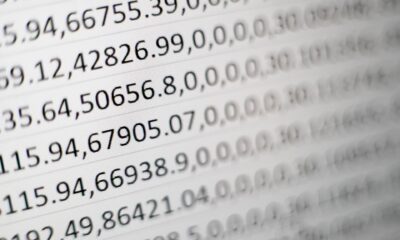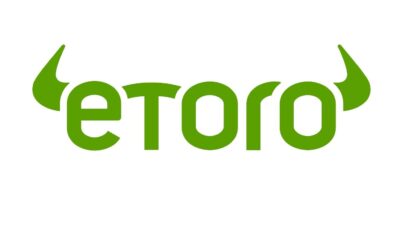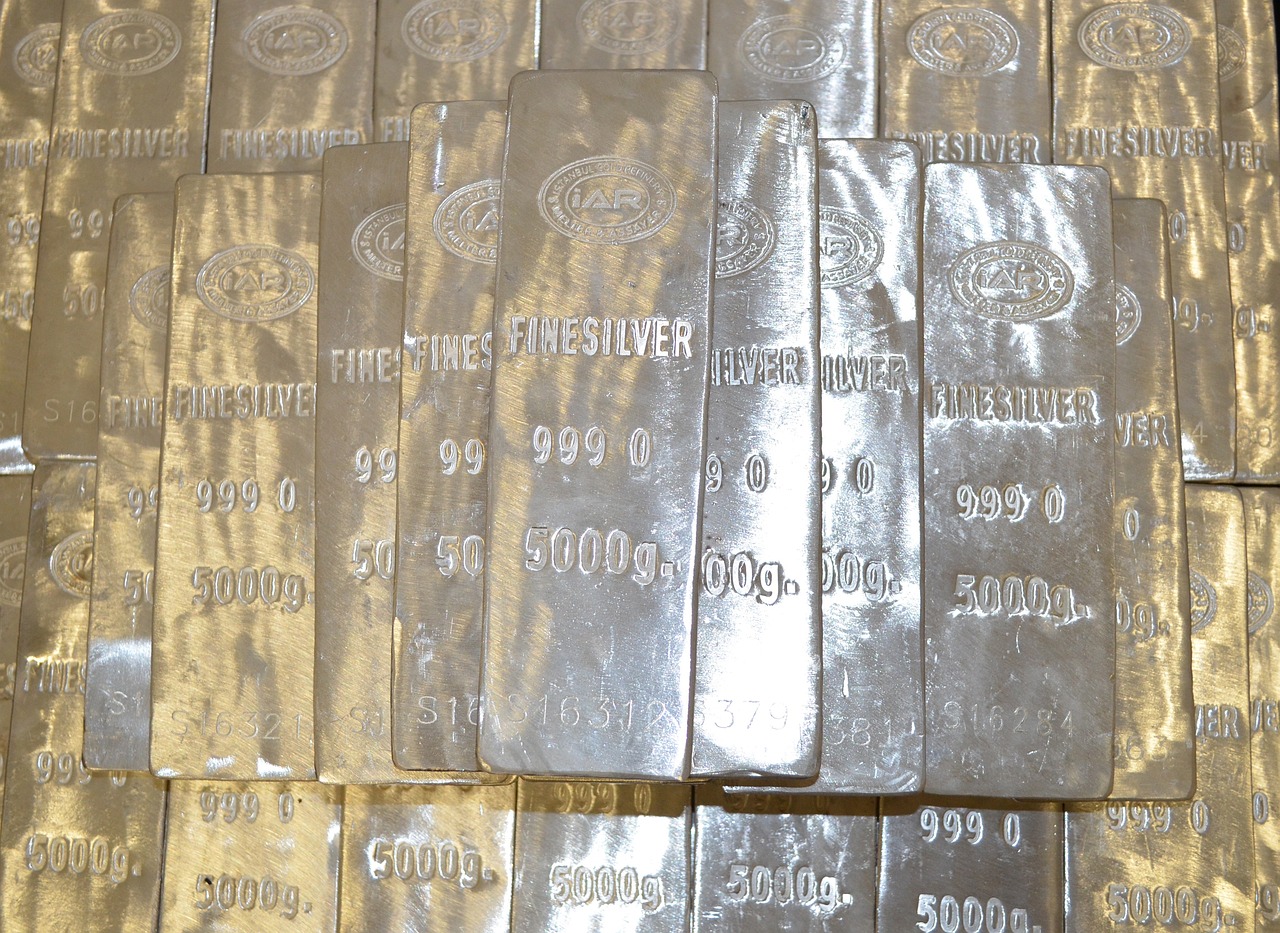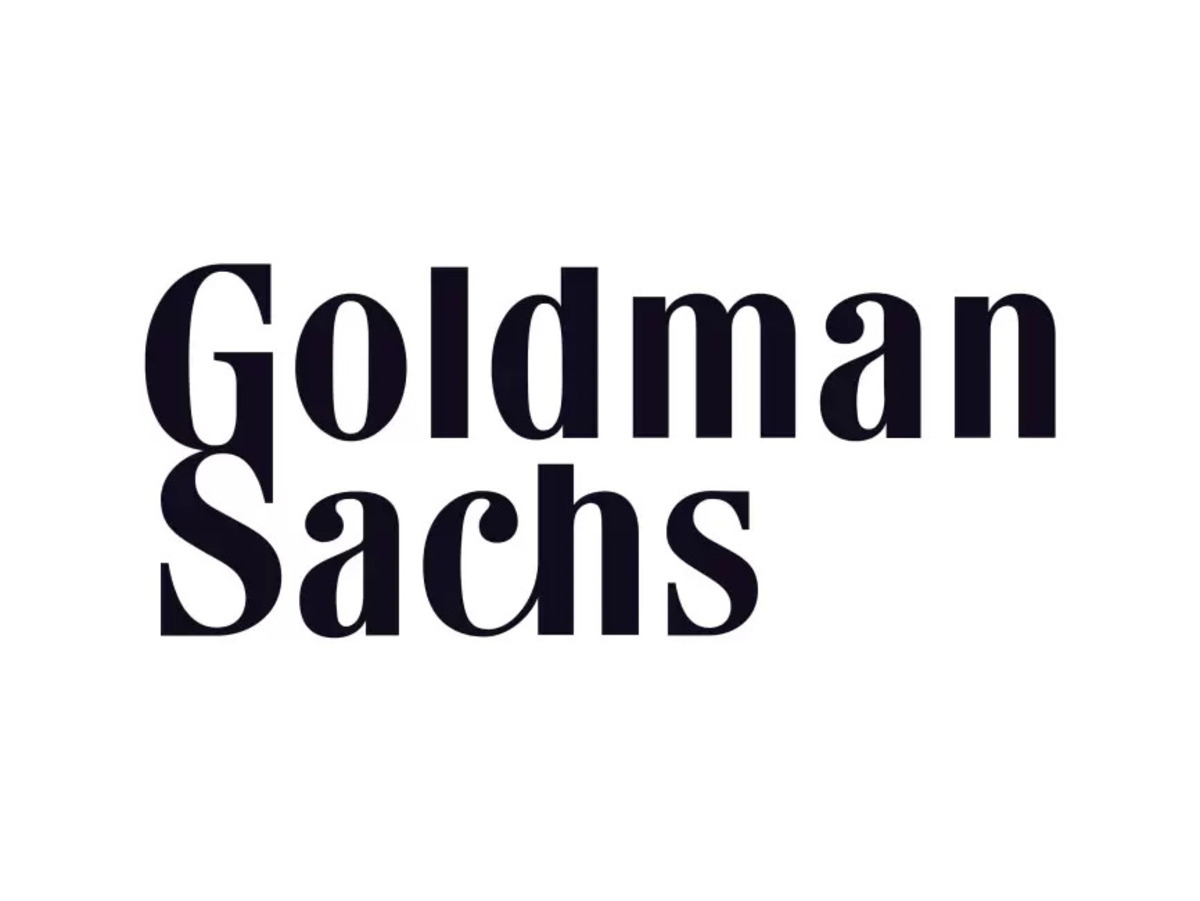Därför kan inte en ETF kollapsa I en artikel som skrevs 2010 av Andrew Bogan, VD för en Bostonbaserade kapitalförvaltare, nämns den ångest som ibland kan drabba ETF-investerare, och sprida oro för strukturen på börshandlade fonder. Bogans ”forskning” försökte gräva i en av de mindre nämnda differentierande egenskaper hos börshandlade fonder: förmågan att sälja dessa värdepapper kort, och de potentiella konsekvenserna av en massiva blankning av en ETF. Hans slutsatser målade upp en ganska skrämmande bild för de investerare eller rådgivare som arbetar med ETFer. Frågan är emellertid om Bogan hade rätt eller om hade han missförstått det hela? Därför kan inte en ETF kollapsa är således en ganska bra text att ta till sig eftersom vi är av den åsikten att en börshandlad fond är betydligt säkrare än många andra investeringsprodukter på marknaden.
Domedagsscenario
“While ETFs often appear to be a benign innovation as compared to some of Wall Street’s arcane derivatives, a closer look at the mechanics of short selling ETFs (which have become one of the most prevalent securities to short) raises some serious concerns,” skriver Bogan.
Han noterade att betydande blankningar i vissa börshandlade fonder kan skapa en situation där antalet andelar i en ETF kan vara större än vad som har getts ut av emittenten. Han åskådliggjorde detta med SPDR Retail ETF där det vid ett tillfälle hade blankats mer än fem gånger så många andelar som emittenten hade gett ut, 95 miljoner blankade andelar i denna börshandlade fond att jämföra med de 17 miljoner andelar som utgivaren hade emitterat.
Artikeln fortsatte sedan med ett domedagscenario där författaren beskrev en våg av inlösen av andelar i en hårt blankad ETF och hur denna skulle leda till att fonden kollapsade. Bogan skriver att en begäran om inlösen av 17 miljoner andelar i XRT skulle leda till att denna ETF skulle stänga, vilket skulle leda till att de som hade blankat de övriga 78 miljoner andelarna i denna börshandlade fond inte skulle behöver täcka dem.
“Extend this hidden unfunded liability from massive scale short-selling of ETFs (both traditional and naked) across the entire ETF spectrum and it is a $100 billion potential problem.”
Finns den anledning att oroa sig?
Detta är skrämmande, speciellt när det kommer från en man med en Ph D som driver en kapitalförvaltningsfirma. Efter det att CNBC och ett antal större medier plockade upp denna historia, något som de gjorde utan att ha kontrollerat fakta i en större utsträckning, så ledde detta till oro från till och med etablerade ETF-investerare. Bogans artikel är välskriven men den missar en del mycket viktiga saker när det gäller börshandlade fonder. Bogan har helt enkelt inte förstått hur en ETF fungerar.
I verkligheten finns det ingen som helst möjlighet för en kollaps när det gäller vare sig XRT eller någon annan ETF. Det finns faktiskt en relativt enkel förklaring till varför detta inte kan inträffa.
Här är varför du inte behöver oroa Dig
För det första behöver vi förklara hur det kan uppstå en situation när det finns stora blankningar i en börshandlad fond. Ett förenklat exempel på sex separata transaktioner bidrar till att förklara hur denna situation kan uppstå:
- Transaktion # 1: En auktoriserad marknadsaktör (AP1) överlämnar en korg aktier till ETF-utgivaren. I utbyte mot detta erhåller AP1 50 000 andelar i den börshandlade fonden.
- Transaktion # 2: En insititutionell investerare (II1)köper 50 000 andelar i den börshandlade fonden av AP1, och får leverans av dessa.
- Transaktion # 3: En andra insititutionell investerare (II2) köper 50 000 andelar i den börshandlade fonden av en annan auktoriserad marknadsaktör (AP2).
- Transaktion # 4: För att kunna leverera dessa andelar till II2 lånar AP2 50 000 andelar från II1 som då får en ersättning av AP2 för att låna ut dem.
- Transaktion # 5: Samtidigt köper en privatkund (PK1) 50 000 andelar av den första auktoriserade marknadsaktören (AP1).
- Transaktion # 6: AP1 har inga andelar att leverera i detta ögonblick, men lånar i sin tur dessa av den andra insititutionella investeraren (II2).Nettot är att både AP1 och AP2 har blankat 50 000 andelar i den börshandlade fonden, sannolikt mot ett innehav som mostvarar tillgångar i form av aktier som överensstämmer med innehavet i denna ETF. Det betyder emellertid att de finns 100 000 blankade andelar i denna ETF, mer än dubbelt så många som har utfärdats av ETF-emittenten. Gör detta ett par gånger under en intensiv handelsdag så är det inte helt orimligt att anta att de blankade andelarna uppgår till mer fem gånger det antal andelar som ETF-utgivaren har emitterat.
Som beskrivet ovan, de auktoriserade marknadsdeltagarna som är involverade i denna kedja kommer att vilja hedga sig, de kommer vilja säkra de andelar som de säljer genom att köpa en korg av underliggande aktier som en kompensation för de blankade andelarna. Denna korg kan sedan lämnas till ETF-utgivaren i utbyte mot andelar i den börshandlade fonden.
Ett felaktigt resonemang
Nu när vi har förklarat utvecklingen av nettokort position är det relativt lätt att förstå varför en ETF inte kan kollapsa. De siffror om korta positioner, det vill säga blankningar, som fanns i XRT är 100 procent korrekt, och det finns ett antal ETFer med betydande korta nettopositioner. Bogan underlåter emellertid i sin analys att undersöka nyanserna i skapandet/inlösenprocess som sattes på plats för att skydda ETF investerare mot en körning på en fond.
Oron för att en inlösenvåg skulle leda till en likvidation av en börshandlad fond, vilket skulle leda till att de investerare som köpt andelar från blankare skulle lämnas lottlösa är således obefogad. Bogan har ignorerat det faktum att inlösen och skapandet av nya andelar kräver settlement. Med andra ord måste det finnas tillgång till andelarna i en börshandlad fond innan de kan lämnas över till ETF-utgivaren för inlösen. I samband med inlösen måste den auktoriserade marknadsaktören ange att andelarna inte är utlånade. Är de utlånade kan de inte lämnas över till ETF-utgivaren.
Vi gräver vidare
Exemplet ovan visar att de 50 000 andelarna i den börshandlade fonder inte skulle kunna lösas in förrän de korta positionerna har stängts, det vill säga innan de har lämnats tillbaka till den som har lånat ut dem. Låt oss nu anta att de institutionella placerarena II1 och II2 vill ha tillbaka de andelar de har lånat ut till de auktoriserade marknadsaktörerna. Dessa skulle då helt enkelt skapa ny a andelar. Betänk, dessa aktörer äger ofta de underliggande aktierna i syfte att säkra sin exponering och kan då med de nya andelarna betala tillbaka de andelar som de lånat från de institutionella placerarna.
I avtalen för de auktoriserade marknadsaktörerna anges uttryckligen detta krav. Följande är hämtat från XRT Statement of Additional Information:
Texten ovan visar att Bogan inte var den första som trodde han kommit på något som alla andra missat. ETF emittenterna har insett detta sedan länge, och har av den anledningen utarbetat lösningar för att se till att investerarna kan upprätthålla förtroendet för ETF strukturen
Slutsats
På ytan är ETFer är mycket enkla fordon som möjliggör för investerare att på enkelt och effektivt bygga långsiktiga portföljer, eller göra en kortsiktig satsning på en bred variation av tillgångsklasser. Tittar vi närmare på hur en börshandlad fond är konstruerad så ser vi ett antal komplexa mekanismer som ser till att allt fungerar. Därför kan inte en ETF kollapsa
Den senaste tidens spridning av desinformation om ETF strukturen fungerar som en värdefull påminnelse för investerare att de måste göra sina läxor och förstå detaljerna i de olika investeringsinstrument som finns tillgängliga, och förhoppningsvis som en påminnelse till medierna för att kontrollera fakta innan sprida panik.

 Nyheter3 veckor sedan
Nyheter3 veckor sedan
 Nyheter3 veckor sedan
Nyheter3 veckor sedan
 Nyheter4 veckor sedan
Nyheter4 veckor sedan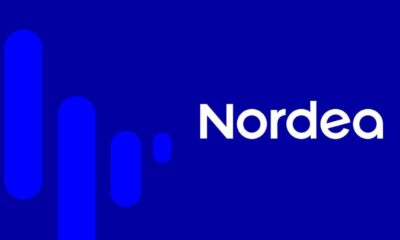
 Nyheter3 veckor sedan
Nyheter3 veckor sedan
 Nyheter4 veckor sedan
Nyheter4 veckor sedan
 Nyheter3 veckor sedan
Nyheter3 veckor sedan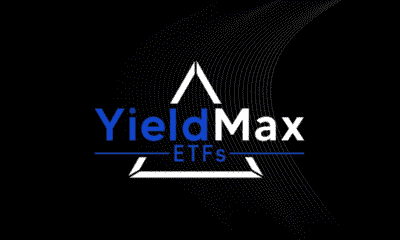
 Nyheter4 veckor sedan
Nyheter4 veckor sedan
 Nyheter4 veckor sedan
Nyheter4 veckor sedan






